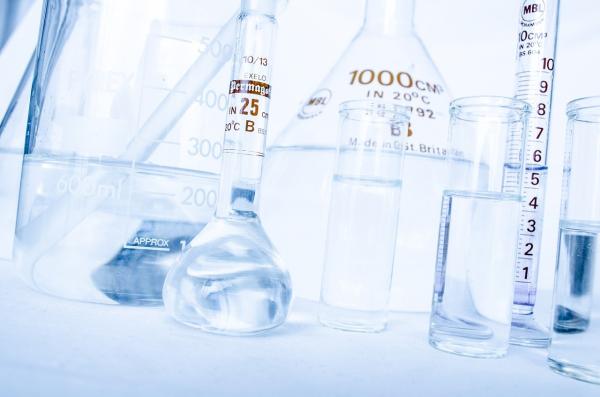These chemicals resemble fatty acids that we would normally be able to eat. But since they are fluorinated, they are resistant to water and are long-lasting (we cannot digest them). As a result, they are very useful for many daily applications, like wrapping food to keep it from spoiling.
The EPA’s values are so much lower than others, 0.004 ppt (part per trillion –one sugar granule in 1 liter of water is 50,000 ppt), that small towns and cities throughout the US whose fire stations occasionally use fire-fighting foam containing such chemicals may be in jeopardy of lawsuits. Perhaps the EPA should reconsider since the World Health Organization (WHO) has dramatically different findings on PFOA and PFOS.
WHO reviewed much of the same data as EPA but concluded that the scientific uncertainties were too large to estimate the safe level for PFOA or PFOS confidently. Instead, the WHO made a risk management judgment that a level in water of 100 parts per trillion for PFOA and 500 parts per trillion for all related chemistries would be appropriate. WHO’s judgment is slightly above EPA’s current water value of 70 ppt. However, as noted above, this is projected to go much lower and slightly below the Australian value of 560 ppt. It would be hard to argue with the WHO that underlying scientific uncertainties preclude a definitive safe dose with such disparate values between these two government agencies.
Are the WHO’s PFAS limits for drinking water ‘weak’?
That is an argument made by a group of over 100 scientists and reported on by the Guardian. Perhaps some additional facts will help us understand this brouhaha better.
- The first fact, and one which the Guardian neglected or did not have room to mention, is that not only are “safe” water levels for PFOA and PFOS all over the map internationally (literally) but the EPA’s basis for its draft value, a single human observational study on a dubious effect, has again been rejected by the Food Standards of Australia and New Zealand (FSANZ, 2021).
- A second fact is that the letter was signed by over 100 individuals, with the preponderance being from academia. I do not doubt these scientists have done some outstanding bench work on PFAS chemistries, but with rare exceptions, academics are not known to be experts in determining the safe water levels of various chemistries. In fact, on this list of signatories, I only know one with excellent risk assessment skills. Of course, there may be others.
- A third fact, and one of which the Guardian author may have been unaware, was that two folks cited in his report are known to be expert witnesses for the plaintiff's bar, which was not acknowledged in the letter to the WHO nor the article. Acknowledgments such as this are a routine part of science work in this era, and missing them seems odd.
Permit me a personal note. I, too, was quoted in the article, but not all of my responses were mentioned. I had the pleasure of working at EPA twice; I also spent some time as an academic and founded and still work at the non-profit, tax-exempt organization, Toxicology Excellence for Risk Assessment (TERA). The work of this non-profit is approximately a third on behalf of industry and two-thirds for government regulators. Our group has four recent publications on PFOA, all unfunded. One received a paper-of-the-year award from the Society of Toxicology, and two were written with an international team of scientists. We have also initiated a new international collaboration on developing a safe dose range for PFOA and PFOS.
You are all welcome to join us in this effort.




